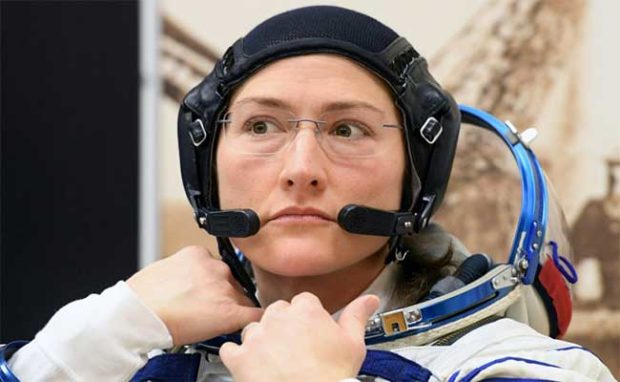NASA Astronaut Sets Record for Longest Spaceflight by a Woman
Koch, 40, arrived on the ISS on March 14 with two other crew members — an American and a Russian — for what was initially planned to be a six-month mission. The two other astronauts will return to Earth on October 3 but Koch’s stay would be extended until February 2020, which would beat the record held by another female US astronaut, Peggy Whitson, who spent 288 days aboard the ISS in 2016-17, NASA said.”It feels awesome,” Koch said when told her mission was being prolonged. “I have known that this was a possibility for a long time and it’s truly a dream come true.”
.@Astro_Christina Koch is now scheduled to remain in orbit until February 2020, when she will set a record for the longest single spaceflight by a woman, eclipsing the previous mark set by @AstroPeggy Whitson of 288 days in 2016-17: https://t.co/CRHH8ixUYb pic.twitter.com/PpCpCWTAFD
— NASA (@NASA) April 17, 2019
Jennifer Fogarty, chief scientist of NASA’s Human Research Program, said Koch’s extended mission would provide additional data about the effects of long-duration spaceflight on the human body and “support future missions to the Moon and Mars.”
The record for an extended spaceflight by an American is held by US astronaut Scott Kelly, who spent 340 days aboard the ISS in 2015-16 with Russian Mikhail Kornienko.
The longest ever spaceflight was by Russia’s Valery Polyakov, who spent 14 months aboard the Mir space station in 1994-95.

Photo: AFP/File / Kirill KUDRYAVTSEV
The current team aboard the ISS is made up of three Americans — Koch, Anne McClain and Nick Hague — two Russians — Oleg Kononenko and Alexey Ovchinin — and a Canadian, David Saint-Jacques.
Between June and September, several astronauts will return to Earth and be replaced by others, including an Italian, Luca Parmitano, and the first ever astronaut from the United Arab Emirates, Hazzaa Ali Almansoori, who will spend about a week in space.
Related Articles
SpaceX Crew Capsule Ends Test Flight With Ocean Splashdown
Private Sector: Space and the People Who Will Fly us There
Astronauts are currently flown to and from the ISS using Russia’s Soyuz spacecraft. US manufacturers SpaceX and Boeing are developing their own transports and those are scheduled to be ready by the end of the year. The ISS — a rare area of cooperation between Moscow and Washington — has been orbiting the Earth since 1998.

